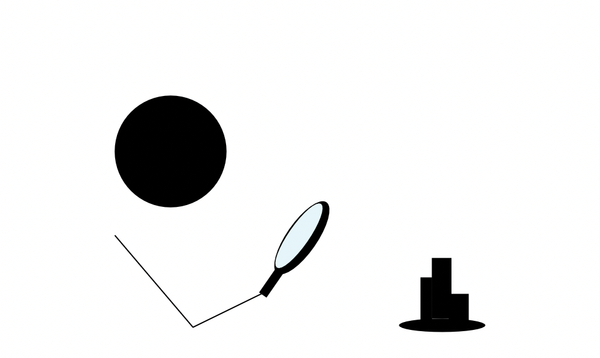Best practice
Best practice has it’s place, but it is not the only right answer. Originally published on Medium.

Best practice has it’s place, but it is not the only right answer.
First, what is best practice?
Best practice is in use in many settings.
In UX, best practice is usually defined by UX research companies, with one of the most well known being NN/g. They take a broad scan of use cases, analyze heuristics and do qualitative and/or quantitative testing to define what works most effectively, most often.
In programming, best practice is the acknowledged processes and documentation that will most likely work and successfully be maintained by following programmers.
In medicine, it’s what is least likely to cause problems for most people, while providing relief or cure for the broadest population.
In short, best practice is the thing that has the greatest tendency to work, when you lump together the fullest population possible and analyze the outcomes of practice. That practice can be design, coding, medicine, changing a flat tire…even breathing. It is the everyman solution.
Best practice is the most likely working solution in the largest set possible, agnostic to as much as possible while still being able to name a single solution as ‘best’. The reality is that, if we’re naming one as ‘best’, it could be what works 11% of the time in a cohort of 10 possibilities otherwise fairly equally effective. We pretty much assume that the provided best practice works around 50% of the time, if we think about it at all. There are also individuals, organizations, and processes that start with the assumption that best practice will work basically all of the time.
Best practice absolutely has it’s place
Trying to get an MVP out the door as quickly as possible, knowing that probably the entire thing will be put aside as it’s built out with more purpose? It’s already going to act as an in-the-wild test, so using best practice is a great starting point.
Need to cut the cost of time, effort, thinking, politics, etc.? Best practice to the rescue! It’s what to reach for when there’s no wiggle room to question, or when the politics are getting so deep that an outside observer is necessary and bringing in a consultant is too pricey.
Having a deep case of blank-page-ism? Best practice fills the page and gives you something to riff from.
Best practice is a good bet, especially when time and information are lacking.
Where best practice ends
The research and analysis that goes into developing best practice has caveats: the analysis only includes solutions currently in practice, and it’s making minimal distinction between use cases. It assumes the greatest common denominator is the only functional metric.
So, let’s make this agnostic to industry. Best practice for diet has been defined by USDA, most recently updated in 2011.

It assumes an everyman. Most people, by population numbers, do not have problems eating dairy, grains, protein, fruit, and vegetables. It provides a reasonable idea of ratio, if not portion.
The caveats? Certain races have problems digesting dairy. Certain individuals get sick eating any grain. Other individuals have ethical qualms eating protein, if the assumption is that it has to be from an animal source; which is a good assumption since vegetables and grains already have their own spot. This is before we get into diets like Paleo, Keto, low-FODMAP, all of which are being used by at least some of the practicers for medical reasons.
Best practice ends at the point of use. It doesn’t work at the point of use for everyone — by nature of the wonderful variability of our species. Best practice is really probably practice; follow it to probably make fewer bad bets.
If your user population — whether website, software, patients, or customers — includes people for whom the best practice is not working, the bet will still be wrong. The name of the practice doesn’t force adherence.
When and how to set aside best practice
As your own experience develops, where to break with best practice will develop an information scent.
My suggestion: point out where you are breaking with it, and why. Suggest testing that would clarify, and design research carefully to ensure it’s not leading to a preferred answer. When and how to manage this is a culture shift from project to project.
Sometimes you won’t get any traction. You tried, though, and a seed has been planted.
Sometimes you will be in a position to make the bet: the people on the project with you will take your suggestion and run with it.
Sometimes it will mean testing will be completed. It may turn out that best practice works better. It may turn out that the new idea resonates. It may even turn out that both the best practice and the idea won’t work as effectively as is needed, and another round of thinking and research would be useful.
Sometimes, the new ideas and best practice test out so close to equal that it’s like that first pie chart. It’s possible that the information scent that was uncovered is that the user base is truly, deeply variable. More creativity might be needed — maybe even leading to a paradigm shift.

In short, best practices have their place. They get things done quickly, fill empty space, and their aim is to serve as many people as possible with a single, simple, replicable answer. These are not bad things.
However, best practices are not the only correct solution; they are the highest probability of not making bad bets based on an historical cohort. Life is change, the new happens, and what worked well before can lose effectiveness. While best practice tends to mismatch statistically fewer people, the edge cases will still fail — and if the users pull primarily from edge cases, that becomes more statistically significant than any best practice. Even where the everyman isn’t an intrinsically mismatched persona, with nuance more could be served.




